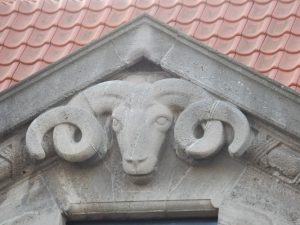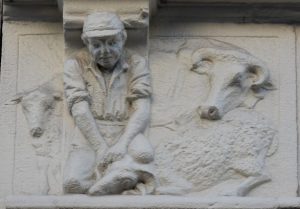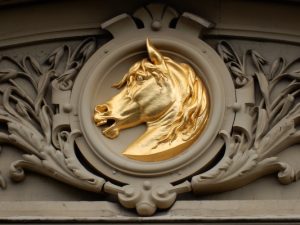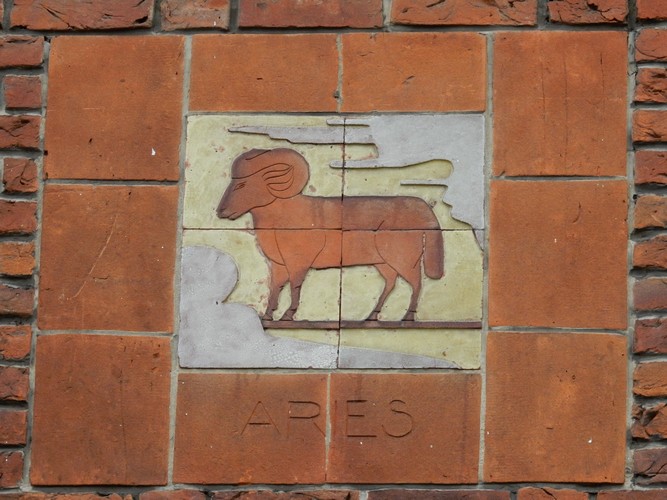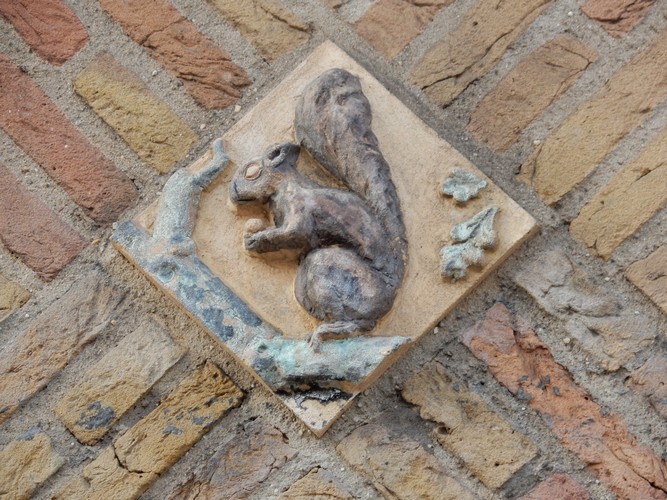I would like to introduce you to a special animal species: the façade animal of The Hague. This animal was not discussed during the biology lesson at school but can be admired in many places and in various forms in The Hague. So walk with me and look up!
Telling a story
Many façade animals in The Hague tell the story of the building they are hanging on. Or actually the story of the users of the building. For example, by showing a sheep in the facade the Meddens Taylor company once housed at Hofweg 9, wanted to show that you could buy and order the best woollen clothes from them.
Churches
According to legend, a pelican feeds her young with her own blood. The bird is therefore a symbol for the sacrificial death of Christ. Pelicans feed their young with half-digested food from their characteristic throat sac. Because that food is red, it may seem as if the bird is feeding its young blood. So possibly the legend comes from there.
Signs of the zodiac
In a discussion in the same newspaper, the tableaus (as we now spell) are also given a separate mention: “Witty drawn façade pieces, which represent clearly figures from the zodiac, the planets and the seasons; a decoration that will not fail to attract attention. ” In this article, the newspaper does not take the trouble to tell who had drawn the façade pieces so cleverly. That was Julie Kropholler (a sister of the architect).
The manufacturer of the facing bricks was the N.V. Steen- Pannen- and Tegelfabriek. “Ouderzorg” from Leiderdorp. This company was specialized in making hand-moulded bricks and also supplied bricks for the construction of the Peace Palace.
To recognize
Start your own collection
I can show you only a few of all the façade animals you can find in The Hague. Are you looking for a new hobby, then try this one: Collecting façade animals! Go out, look up, be amazed and enjoy!
I also invite you to look up during my city walks (not during my bicycle tours, that would be too dangerous…..).
